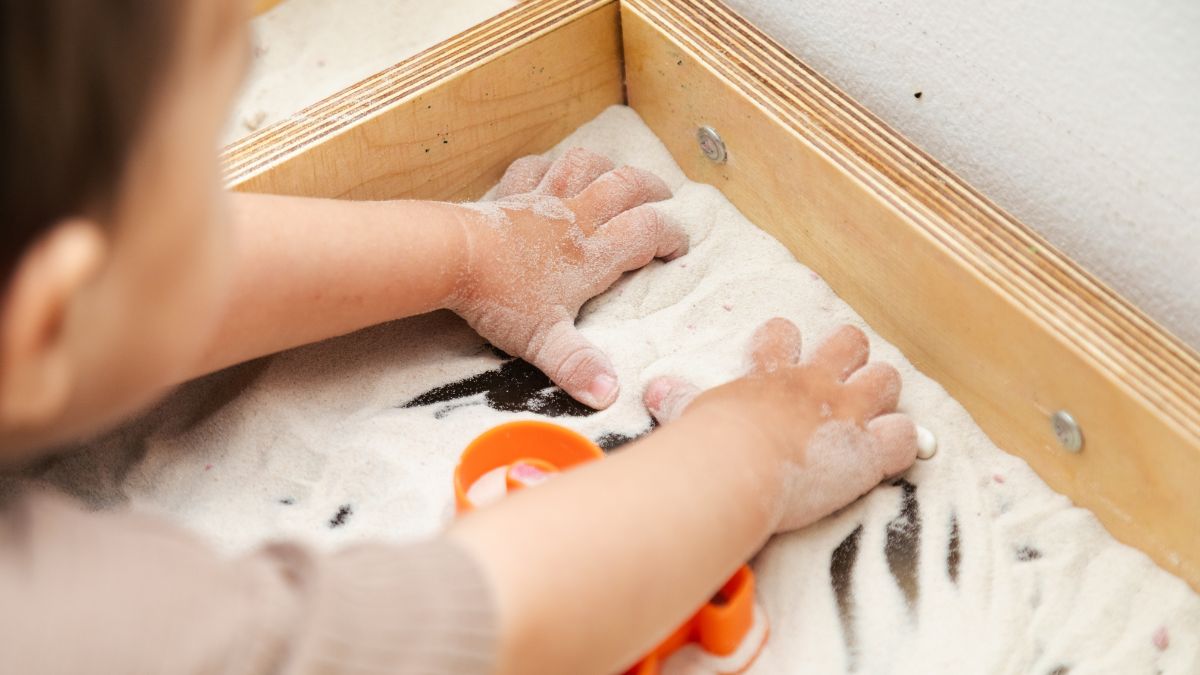Sensory Wellness: Healing Through Scent, Texture, and Taste

Discover how engaging your senses can calm the mind, soothe the body, and restore emotional balance.
Introduction
In today’s fast-paced world, we often rely on our minds to get through the day, thinking, planning, scrolling. But healing doesn’t just happen in the head. It happens in the body too, especially through our senses.
Sensory wellness is the practice of engaging the senses scent, touch, taste, sound, and sight, to promote emotional, physical, and mental well-being. In this article, we’ll focus on three powerful sensory pathways: scent, texture, and taste.
These senses can ground us, soothe anxiety, awaken joy, and even help us reconnect with our bodies after trauma. Through small, intentional practices, sensory wellness invites us back into the present moment where healing begins.
What Is Sensory Wellness?
Sensory wellness refers to using sensory experiences to regulate emotions, manage stress, and improve quality of life. It’s often used in trauma recovery, mindfulness practices, and mental health care to help people reconnect with their physical world in safe, comforting ways.
For individuals dealing with anxiety, depression, addiction recovery, or burnout, sensory wellness offers a gentle, nonverbal path to healing. It shifts focus from thinking to feeling, allowing the body to guide recovery.
📊 According to research published in Frontiers in Psychology (2020), sensory-based self-care practices significantly reduce psychological distress and improve emotional regulation 1.
The Power of Scent
Our sense of smell is directly connected to the brain’s emotional center, the limbic system. That’s why certain scents can instantly trigger memories or change your mood.
🌿 How Scent Promotes Healing:
- Lavender reduces anxiety and improves sleep
- Citrus boosts mood and energy
- Eucalyptus clears the mind and eases tension
- Rose promotes relaxation and emotional openness
📊 A study in the Journal of Alternative and Complementary Medicine found that lavender aromatherapy decreased cortisol levels and improved mood in patients with stress-related disorders 2.
🧴 Simple Scent-Based Wellness Activities:
- Diffuse essential oils during your morning or evening routine
- Keep a small scent roller in your bag for anxious moments
- Add a few drops of calming oil to your bath or pillow
- Try mindful scent breathing: inhale slowly, notice the scent, and exhale with intention
Tip: Scents can be deeply personal. Choose those that feel safe, comforting, or joyful for you.
The Comfort of Texture
Touch is our first sense to develop and remains essential throughout life. It helps us feel safe, grounded, and connected. Engaging with textures—soft, rough, warm, smooth—can soothe the nervous system and bring us back into the body.
For people with trauma or high anxiety, texture offers a way to regulate emotions without needing to talk.
✋ How Texture Supports Emotional Wellness:
- Calms the nervous system through tactile input
- Offers grounding during panic or dissociation
- Builds body awareness and sensory integration
📊 Research from the Journal of Child and Adolescent Psychiatric Nursing highlighted the effectiveness of sensory-based interventions like weighted blankets and textured objects in helping individuals with trauma regulate emotions 3.
🧸 Soothing Texture-Based Practices:
- Use a soft blanket or weighted throw when feeling overwhelmed
- Keep a small textured object (stone, fabric, stress ball) nearby
- Try mindful grounding: rub your fingers on different surfaces and describe the feeling (cool, rough, smooth, soft)
- Walk barefoot on natural textures like grass, sand, or a rug
Tip: Explore what feels best. Some people feel comforted by softness; others prefer something solid or cool. Let your body lead the way.
The Nourishment of Taste
Taste is both physical and emotional. Food is comfort, memory, and care. In recovery or emotional distress, taste can help reconnect with joy and rebuild a trusting relationship with the body.
Mindful eating and soothing flavors offer grounding. They remind us we’re alive, here, and worthy of nourishment.
🍵 How Taste Supports Mental Health:
- Regulates blood sugar and improves mood
- Brings comfort through familiar or nostalgic flavors
- Encourages presence and mindfulness through slow eating
- Engages the parasympathetic nervous system (rest and digest)
📊 A study published in Appetite found that mindful eating practices reduced emotional eating, binge episodes, and symptoms of depression in participants with eating disorders 4.
🥄 Taste-Based Healing Rituals:
- Sip warm herbal tea slowly, noticing the flavor and heat
- Keep a list of “safe foods” that feel nourishing and comforting
- Create a sensory tasting tray (sweet, salty, sour, savory) and explore mindfully
- Use meals as rituals lighting a candle, playing music, slowing down
Tip: Avoid turning food into a reward or punishment. Focus on curiosity, gentleness, and satisfaction—not control.
Combining the Senses for Deeper Healing
While each sense is powerful on its own, combining them can amplify the calming effect. You can create a daily or weekly sensory ritual using scent, texture, and taste together.
🌟 Sample Sensory Ritual:
- Light a lavender-scented candle (scent)
- Wrap yourself in a cozy blanket or hold a grounding object (texture)
- Sip warm chamomile tea slowly and notice each swallow (taste)
- Breathe deeply, stay present, and let your senses anchor you
These moments may seem small, but they have a big impact on your nervous system, mood, and emotional regulation.
Sensory Wellness in Mental Health Care
Therapists, especially those trained in trauma-informed care, often incorporate sensory-based interventions into treatment. These practices help clients who struggle with emotional overwhelm, dissociation, or difficulty verbalizing their experience.
Common tools include:
- Sensory kits with scented oils, fidgets, textured cloths
- Weighted blankets or vests
- Tasting exercises to reconnect during anxiety episodes
- Aroma diffusers in therapy rooms for calming environments
If you’re working with a therapist, ask about adding sensory tools to your sessions or your personal wellness plan.
Final Thoughts
In a world that asks us to think, talk, and perform constantly, sensory wellness invites us to feel. It reminds us that healing is not only a mental process it’s also physical, emotional, and sensory.
By tuning into scent, texture, and taste, we return to our bodies with kindness. We learn to trust our senses. We build a personal toolkit that can ground us in the moment, soften emotional intensity, and gently guide us back to ourselves.
So light that candle. Sip that tea. Hug that pillow. Let your senses lead the way home.
“The body always leads us home… if we can simply learn to trust the language it speaks.” – Unknown!




